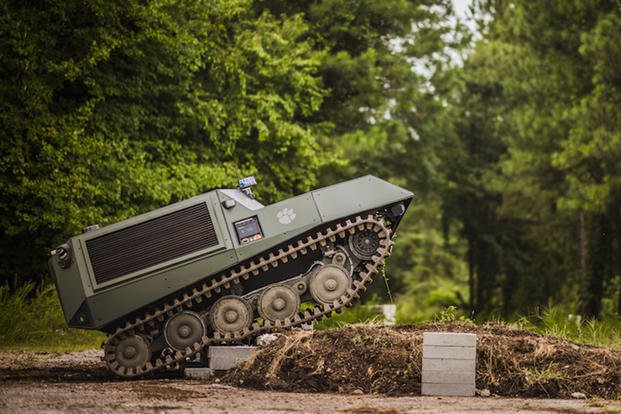Oh, to be a college student. There’s something magical about walking to class in the crisp fall air, cheering on the home team on game day and developing cutting-edge military technology for the U.S. government. OK, maybe the last one is more specific to Clemson University.
That’s right: Clemson’s Department of Automotive Engineering gives graduate students an opportunity to create a prototype vehicle each year in partnership with faculty and industry partners.
It’s a fantastic opportunity for the students, and they’ve turned out some pretty impressive products over the years. Don’t be surprised if some of them show up at a base near you one of these days.
This Is Deep Orange
Clemson’s Accelerated Concept Development program is a two-year master’s degree for automotive engineering students. One of the opportunities available to students is Deep Orange, a project that immerses students in vehicle design, engineering, prototyping and production.
The Deep Orange program made a splash with its first vehicle in 2010. Deep Orange 1-11 are precious passenger cars that look like Pixar characters come to life. The project’s website is full of vibrant colors, bubbly shapes and language about alternative powertrains and sustainability. Industry partners include everyone from automakers to design schools. The students even got a little spicy and built a race car for Deep Orange 12.
Then things took a turn. Beginning with Deep Orange 13 in 2022, rainforest-saving “mobility solutions” gave way to what looked an awful lot like robot tanks. They’re officially nothing of the sort (naturally), but you be the judge.
The latest partner for Deep Orange 13 was the U.S. Army Combat Capabilities Development Command Ground Vehicle Systems Center. Together, the team of students and military engineers developed an autonomous tracked vehicle with a hybrid powertrain. It was the start of something beautiful.
How beautiful, exactly? Well, according to a 2020 release from Clemson University, Uncle Sam chipped in $18 million to the Clemson University International Center for Automotive Research.
That federal dough enabled the following year’s project: another autonomous tracked vehicle. This iteration was faster, and according to a Clemson release, it’s intended to deliver relief supplies in response to natural disasters and provide landscape reconnaissance. (Sure, that’s going to be used for disaster relief — relief through guided missiles, maybe.)
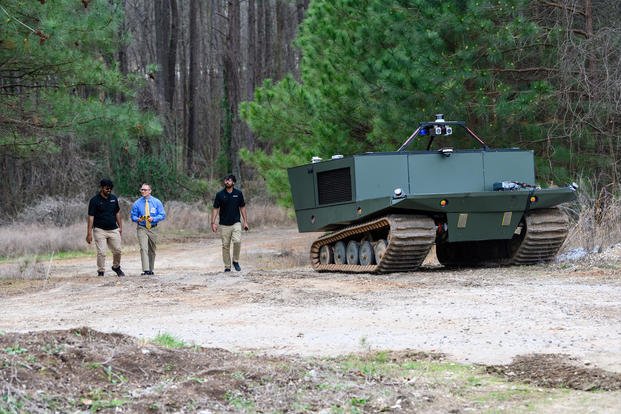
Whatever it ends up being used for, Deep Orange 14 is seriously clever. It combines feedback from cameras, LiDAR (light detection and ranging) and GPS to plan missions, gather information about the surrounding terrain and navigate on the fly.
Thanks to a 456-horsepower hybrid powertrain and 24-inch tracks, it can cruise along at 45 mph and crawl over 18-inch-high obstacles. The onboard diesel generator can both recharge the vehicle’s battery in 30 minutes and lend a hand when it needs extra power.
This year’s project goes back to tires instead of tracks. Deep Orange 15, the program’s latest brainchild, is less like a tank and more like the Army’s Infantry Squad Vehicle.
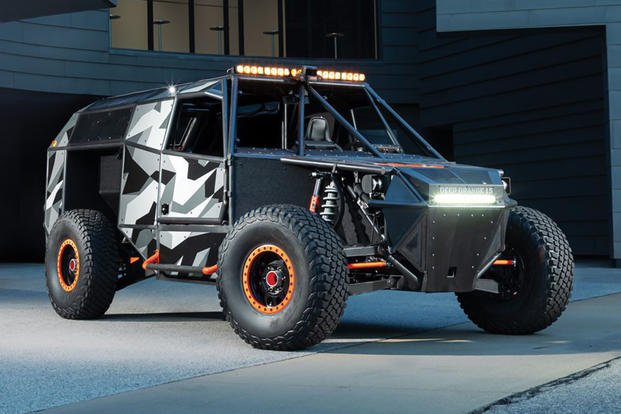
According to a Clemson University release, Deep Orange 15 is a semi-autonomous, off-road rescue vehicle capable of tackling natural disaster relief, reconnaissance and off-road rescue missions (again with the disaster relief; they are nothing if not persistent).
Top-shelf braking components are all Brembo, and the advanced off-road suspension system comes courtesy of Fox Racing.
Highlights of Deep Orange 15 include autonomous algorithmic mission planning; 40-inch tires with 20 inches of suspension travel; a 370-kilowatt-hour, diesel-electric hybrid powertrain; and an innovative litter-loading system that reduces the strain on patients during casualty evacuation.
Orange and Army Green Look Good Together
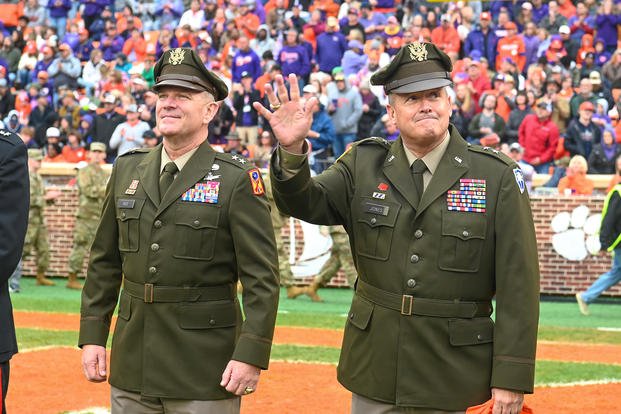
The Deep Orange vehicles are incredible feats of engineering, and yes, one might suspect that they’re a little bit more combat-oriented than the robed academics in the halls of Clemson University would like to acknowledge. The students are the real stars of the show, though.
“Deep Orange’s product is not only the vehicle but also the student,” Anirudda Joshi, a Clemson graduate student and the Deep Orange engineering project manager, said. “It has been an honor to take part in Deep Orange 15. The hands-on engineering experience is beyond anything we would have received from the classroom alone. We look forward to sharing what we have created.”
Somehow I think the enemy does not share his joyful anticipation. Soldiers on the ground certainly will, though.
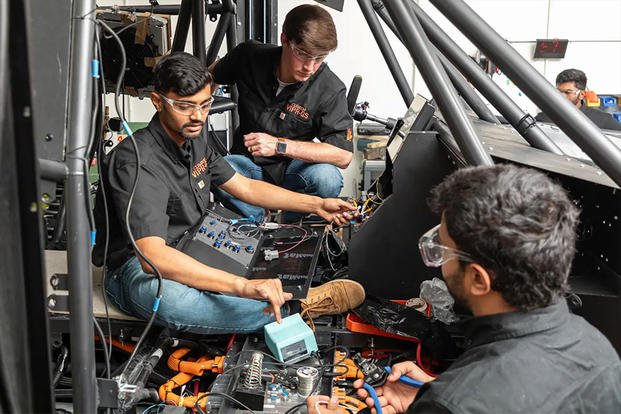
As exciting as it is to watch autonomous off-roaders strut their stuff in the South Carolina woods, it’s a lot more encouraging to see the promise of the next generation of engineers that the U.S. military will rely on. I’m just glad that Clemson’s battle tigers are on our side.
Want to Know More About the Military?
Be sure to get the latest news about the U.S. military, as well as critical info about how to join and all the benefits of service. Subscribe to Military.com and receive customized updates delivered straight to your inbox.
Story Continues
Read the full article here

